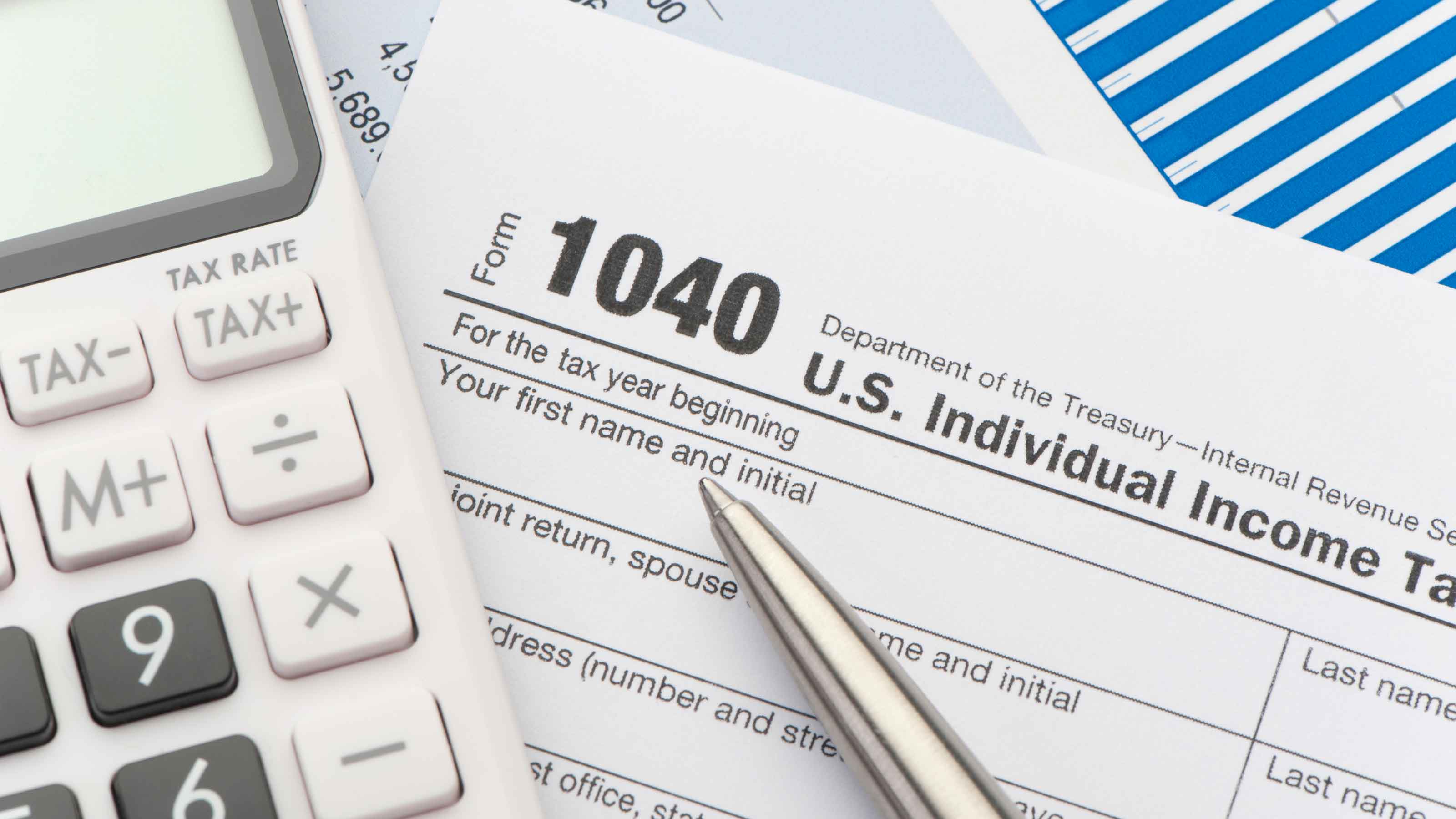What Is the Alternative Minimum Tax?
Every year more taxpayers must come to terms with the alternative minimum tax (AMT).
The AMT is a parallel tax system that operates in the shadow of the regular tax. It was designed to prevent the use of excessive tax breaks, after Congress, in 1969, noticed 155 high-income earners were legally using so many deductions that they were paying much less tax than lower-income classes.
So Congress instituted an "alternative" tax system with the aim of making tax collecting fairer. But since the AMT was never indexed to inflation -- and the regular income tax is -- each year, more and more middle-income taxpayers are snared by a tax originally targeted at the rich.
In recent years, Congress has passed an annual temporary "patch" to limit the expansion of the AMT to taxpayers who were never intended to pay it. (Learn about the 2007 AMT patch.)

Sign up for Kiplinger’s Free E-Newsletters
Profit and prosper with the best of expert advice on investing, taxes, retirement, personal finance and more - straight to your e-mail.
Profit and prosper with the best of expert advice - straight to your e-mail.
Under AMT rules, many deductions and pre-tax benefits are disallowed. This means that taxpayers will report a higher adjusted gross income under the AMT system.
• To figure out whether you owe any additional tax under the alternative minimum tax system, you need to fill out Form 6251.
(Click here: Let us walk you through the AMT form line by line.)
• If the tax calculated on Form 6251 is higher than that calculated on your regular tax return, you have to pay the difference as AMT. It can result in you paying hundreds or thousands of dollars in additional taxes.
Return to the AMT Tax Guide
Get Kiplinger Today newsletter — free
Profit and prosper with the best of Kiplinger's advice on investing, taxes, retirement, personal finance and much more. Delivered daily. Enter your email in the box and click Sign Me Up.
-
 Stock Market Today: Stocks Gain on Tech, Auto Tariff Talk
Stock Market Today: Stocks Gain on Tech, Auto Tariff TalkThe Trump administration said late Friday that it will temporarily halt tariffs on some Chinese tech imports.
By Karee Venema
-
 Sam's Club Plans Aggressive Expansion: Discover Its New Locations
Sam's Club Plans Aggressive Expansion: Discover Its New LocationsSam's Club expansion plans will open up to 15 new stores each year. Learn where they plan to open in 2025.
By Sean Jackson
-
 Kiplinger's Tax Map for Middle-Class Families: About Our Methodology
Kiplinger's Tax Map for Middle-Class Families: About Our Methodologystate tax The research behind our judgments.
By David Muhlbaum
-
 Retirees, Make These Midyear Moves to Cut Next Year's Tax Bill
Retirees, Make These Midyear Moves to Cut Next Year's Tax BillTax Breaks Save money next April by making these six hot-as-July tax moves.
By Rocky Mengle
-
 Estimated Payments or Withholding in Retirement? Here's Some Guidance
Estimated Payments or Withholding in Retirement? Here's Some GuidanceBudgeting You generally must pay taxes throughout the year on your retirement income. But it isn't always clear whether withholding or estimated tax payments is the best way to pay.
By Rocky Mengle
-
 How to Cut Your 2021 Tax Bill
How to Cut Your 2021 Tax BillTax Breaks Our guidance could help you claim a higher refund or reduce the amount you owe.
By Sandra Block
-
 Why This Tax Filing Season Could Be Ugly
Why This Tax Filing Season Could Be UglyCoronavirus and Your Money National Taxpayer Advocate Erin M. Collins warns the agency will continue to struggle with tight budgets and backlogs. Her advice: File electronically!
By Sandra Block
-
 Con Artists Target People Who Owe The IRS Money
Con Artists Target People Who Owe The IRS MoneyScams In one scheme, thieves will offer to "help" you pay back taxes, only to leave you on the hook for expensive fees in addition to the taxes.
By Rivan V. Stinson
-
 Cash-Rich States Lower Taxes
Cash-Rich States Lower TaxesTax Breaks The economic turnaround sparked a wave of cuts in state tax rates. But some say the efforts could backfire.
By Sandra Block
-
 The Financial Effects of Losing a Spouse
The Financial Effects of Losing a SpouseFinancial Planning Even amid grief, it's important to reassess your finances. With the loss of your spouse's income, you may find yourself in a lower tax bracket or that you qualify for new deductions or credits.
By Rocky Mengle